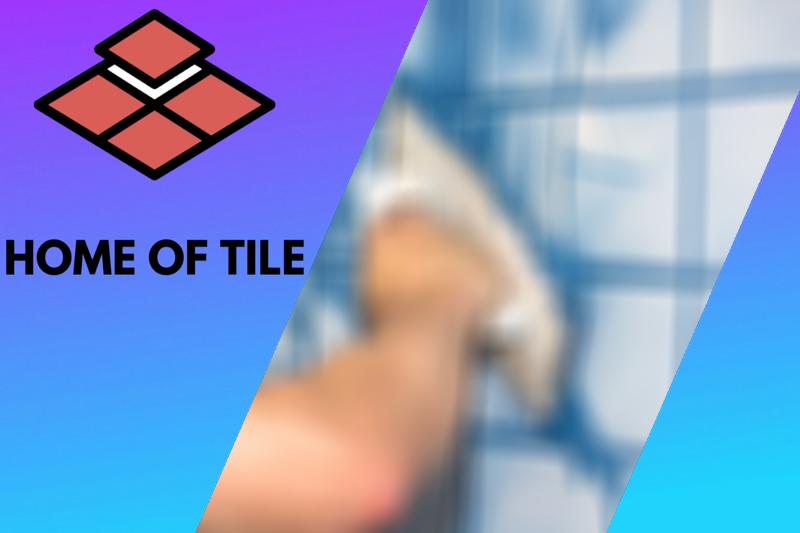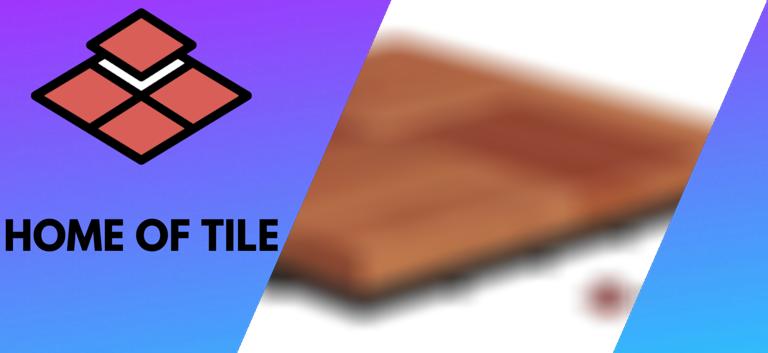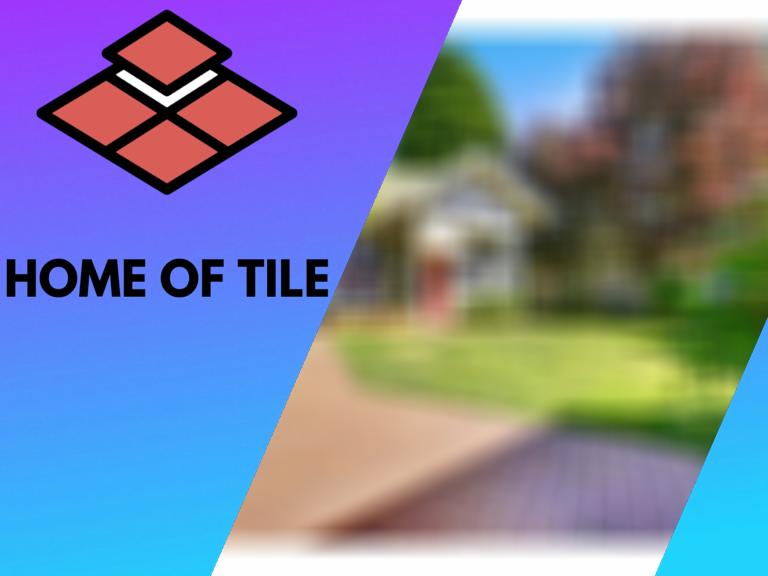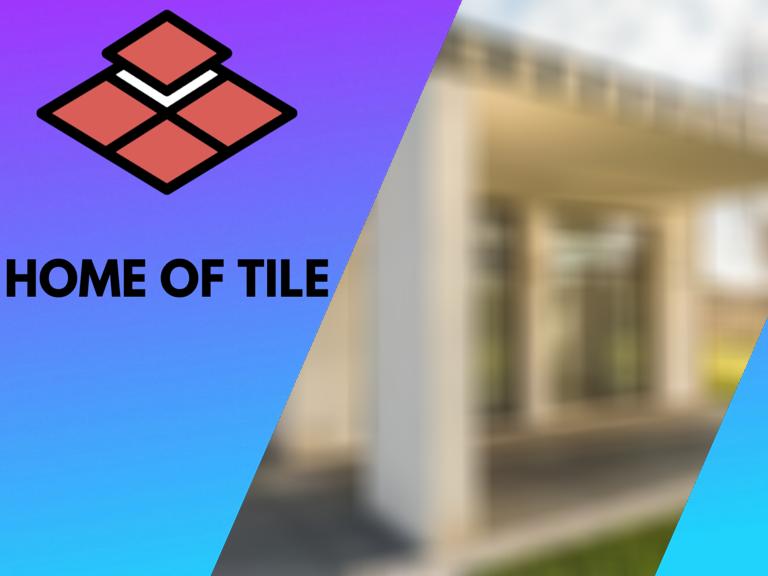Tiling Your Pool: 5 Things You Need to Know
Tile flooring makes a nice addition to any space, adding both practical and aesthetic uses. It’s durable and protects from moisture while at the same time making your pool look attractive and comfortable. Tile is a beautiful and eye-catching addition to any house, but before you begin here are five things you need to know.

Contents
- 1 Swimming pool coping, plastering, and tiling
- 2 Tiling a Swimming Pool, some helpful tips:
- 3 What Does Tiling a Pool Cost?
- 3.1 Pool Re-tiling, some helpful tips:
- 3.1.1 ● Step 1: Lower the water level
- 3.1.2 ● Step 2: Clean the surface
- 3.1.3 ● Step 3: Remove the old tiles
- 3.1.4 ● Step 4: Measure the depth of substrate
- 3.1.5 ● Step 5: Mix the plaster
- 3.1.6 ● Step 6: Spread the plaster
- 3.1.7 ● Step 7: Mix swimming pool thin-set mortar
- 3.1.8 ● Step 8: Spread the thin-set over the swimming pool
- 3.1.9 ● Step 9: Install new tiles
- 3.1.10 ● Step 10: Mix the grout
- 3.1.11 ● Step 11: Apply the grout
- 3.1 Pool Re-tiling, some helpful tips:
- 4 Pool renovation tiling, some helpful tips:
- 5 Tiling a swimming pool floor, some helpful tips:
- 6 Tiling swimming pool steps, some helpful tips:
- 7 Fiberglass Swimming Pool Tiling, some helpful tips:
- 8 Tiling your Pool, Getting Ready to Begin
Swimming pool coping, plastering, and tiling
Swimming pool coping, plastering, and tiling are all necessary steps to having a well-working swimming pool. Each one adds functionality and beauty to your pool. Read the information below to find a more in-depth description of each process.
● Swimming pool Coping
Swimming pool coping is the border of the pool. It caps the pool shell and is usually made of tile, stone, or concrete that can be poured in place or precast. Not only does the pool coping create a seamless blend between the pool and the yard around it, but it also creates a safe space to walk on without slipping and helps to direct water to drains or back into the pool.
● Swimming pool Plastering
Plastering is the process of applying plaster to the walls of the pool. It’s often done before tiling but can be left without tile. Plastering protects the pool from the water and helps to cover the rough surface of the pool.
● Swimming pool tiling
Pool tile, like stated earlier, helps to protect your pool and make it last longer while also being a beautiful addition to your backyard. Tiles can come in mesh sheets or larger squares, but either way, the process is the same – plaster, install tiles using thin-set mortar, grout, then let dry.
Tiling a Swimming Pool, some helpful tips:
The process of tiling a swimming pool can be broken down into six steps. Start by draining and cleaning the pool, taking measurements, applying the plaster, and using thin-set mortar to install the tiles. Finish by grouting the tiles and allowing them to dry for 72 hours.
● Step 1: Drain and Clean Your Pool
Drain your pool and allow it to dry completely. Clean out any dirt, leaves, or moisture before beginning to tile.
● Step 2: Take Measurements
Take the measurements of your pool, including the lengths of any odd sides or corners and the pool’s depth.
● Step 3: Apply the Plaster
Mix the plaster using the swimming pool plaster and additive that was bought with it, along with just enough water for it to be mildly thick. After wetting the exposed substrate, which prevents the plaster from drying too quickly and cracking, use a putty knife to spread the plaster onto the swimming pool. Make sure to apply an even coat and leave enough room for tiles and an ⅛ – inch layer of thin-set mortar. Let the plaster dry for an entire day.
● Step 4: Apply Swimming Pool Thin-Set Mortar
Next, mix the swimming pool thin-set mortar with its additive and enough water to make it to the consistency of mashed potatoes. Spread it over the pool in a ⅛ inch thick layer with a notched trowel.
● Step 5: Install Tiles
Using a notched trowel, spread a thin layer of thin-set on the back of each tile before pressing them into position. They should all be level with one another, and there should be equal spacing in between tiles. Let sit for one to two days.
● Step 6: Grout
Finally, mix the grout by pouring half of the pool tile grout into a separate container, adding half of the bonder, and stirring enough water to mix mashed potatoes’ consistency. You can lay the grout using your fingers, a squeeze bottle, a trowel, or any tool you see fit. Apply it between the tiles, using a cloth to clean the tiles and a wet sponge to remove excess grout. Only grout small portions at a time, cleaning as you work. After the whole pool is done, allow the grout to dry for at least 72 hours.
What Does Tiling a Pool Cost?
Tiling a swimming pool can cost anywhere from $15,000 to $70,000. The final cost depends on several things, such as the materials used, the size of the swimming pool, and labor. There are a variety of options for the materials you can work with. Porcelain and ceramic cost around $2,000 to $4,000, while glass and mosaics are more expensive. Average labor costs end up around $4 to $32 per square foot or $30 to $120 per hour.
Pool Re-tiling, some helpful tips:
Pool re-tiling is the process of replacing older tiles in a pool with new ones. It’s essentially the same procedure as tiling your pool, but with a few extra steps. Before you can start tiling, you have to remove the old tiles, clean away any old grout or mortar, and measure the substrate. Suppose it’s less than ⅛ inch spread more plaster before tiling like usual. If the substrate is ⅛ inch thick or more, then you can skip the plaster and go straight to tiling your pool.
If you want to re-tile only a small area, use the following steps:
● Step 1: Lower the water level
The first step is to lower the water level to expose the swimming pool tiles you want to replace. Allow the area to dry.
● Step 2: Clean the surface
Once the area is dry, remove any old grout that remains on swimming pool tiles. Use a hammer and small chisel.
● Step 3: Remove the old tiles
Remove the tiles which you want to replace. Use a hammer and a small chisel. You can break the old tiles to make removing easier.
● Step 4: Measure the depth of substrate
Measure the depth of the substrate behind the tiles. If it is greater than 1/8 inch below the depth of the neighboring substrate, build it up with plaster. If it is less than 1/8 inch below this depth, you may remove the plaster.
● Step 5: Mix the plaster
Mix a small amount of swimming pool plaster with the additive that comes with the product in a small container. Add enough water to make the plaster mild thick.
● Step 6: Spread the plaster
Spray some water on the exposed substrate. This will keep the plaster from drying too quickly and prevent cracking. Spread the plaster onto the exposed substrate on the swimming pool wall with a putty knife. Smooth it out to an even depth. Leave enough room on the wall so you can insert a tile and a 1/8-inch layer of thin-set mortar. Let the plaster dry for a day.
● Step 7: Mix swimming pool thin-set mortar
When the plaster is added and fully dried, you can mix the swimming pool thin-set mortar. Add the additive and enough water to make it to the consistency of mashed potatoes.
● Step 8: Spread the thin-set over the swimming pool
After mixing the swimming pool thin-set mortar, you have to spread a 1/8-inch-thick layer of thin-set on the substrate with a notched trowel.
● Step 9: Install new tiles
You have to place the tiles on the areas where you have removed the tiles, spread the thin-set on the back of the individual tiles. Press the tiles into position on the swimming pool wall. They should be level with surrounding tiles. You should maintain even spacing between the tiles. Let the thin-set set.
● Step 10: Mix the grout
For mixing the grout, you have to pour one-half of a container of pool tile grout into a mixing container and add half of the bonder from the grout into the dry grout. You have to add enough water to make the grout the consistency of mashed potatoes.
● Step 11: Apply the grout
At last, you have to apply the grout into the joints between the tiles with your fingers and wipe off excess grout before it dries entirely with a clean, damp sponge. If the tiles haze over, wipe them clean with a soft cloth. Give the grout enough time to dry. Your pool is now ready to be used again.
Pool renovation tiling, some helpful tips:
In general, when your swimming pool is over 10 to 15 years old, tiles will start to degrade. If only a small is in bad shape, you can decide to replace some of the tiles. Else it makes more sense to replace all the tiles. The steps for pool renovation tiling are similar to those for pool re-tiling.
Tiling a swimming pool floor, some helpful tips:
The floor of the pool experiences the most pressure. Extra care should be taken that the correct materials are used and that the floor is waterproof. I recommend using a waterproof shell or tanking system behind the tiles to ensure that water can not seep the tiles or joints. Use a cement-based adhesive that is ok for underwater use. If you use an epoxy-based resin grout, ensure that it perfectly fills the joints. Else it can leak over time due to the water pressure.
Tiling swimming pool steps, some helpful tips:
Tiling swimming pool steps are not different than tiling other parts of the pool. But tiles used for steps sometimes have a different color or shape. This makes it easier to see where the steps are. I would recommend using the same type of tiles as the rest of the pool and use a variant with good anti-slip properties.
Fiberglass Swimming Pool Tiling, some helpful tips:
In general, there are six main steps for tiling fiberglass swimming pools. You have first to measure the pool, install fiberglass, and clean the pool. When you move onto the tiling, apply the primer, cut the tiles to fit your pool. And install them using adhesive. After the tiles are installed, apply the grout and let it dry.
These steps are expanded in more detail below:
● Step 1: Measure the Dimensions of the Swimming Pool
Take the measurements of your pool, including the lengths of any odd sides or corners and the pool’s depth.
● Step 2: Install Fiberglass in the Swimming Pool
Cut the fiberglass according to your measurements, and install it into your pool. Adhesives like epoxy grout or marine epoxy work best.
● Step 3: Clean the Fiberglass Swimming Pool
After the fiberglass is installed, thoroughly clean the swimming pool. Remove any dirt, dust, and moisture from the pool floor.
● Step 4: Apply the Primer
Apply a suitable primer on top of the fiberglass. Because fiberglass is a nonporous surface, look carefully at the labels. If a product is for fiberglass and usable underwater, it will say.
● Step 5: Cut and Install the Tiles
After applying the primer, cut your tiles according to your pool measurements. This should look the same as the fiberglass. With the help of a strong adhesive such as ARDEX reaction resin tile adhesive, place the tiles along with the fiberglass swimming pool.
● Step 6: Apply the grout
After all the tiles have been adhered to the pool, apply the grout. Grout needs to sit and dry anywhere from 24 to 72 hours.
Tiling your Pool, Getting Ready to Begin
Now that you understand the ins and outs of tiling and re-tiling your pool, it’s time to start. Using the information above, you can decide which materials you want to use, how much labor you want to do, and create a timeline.








